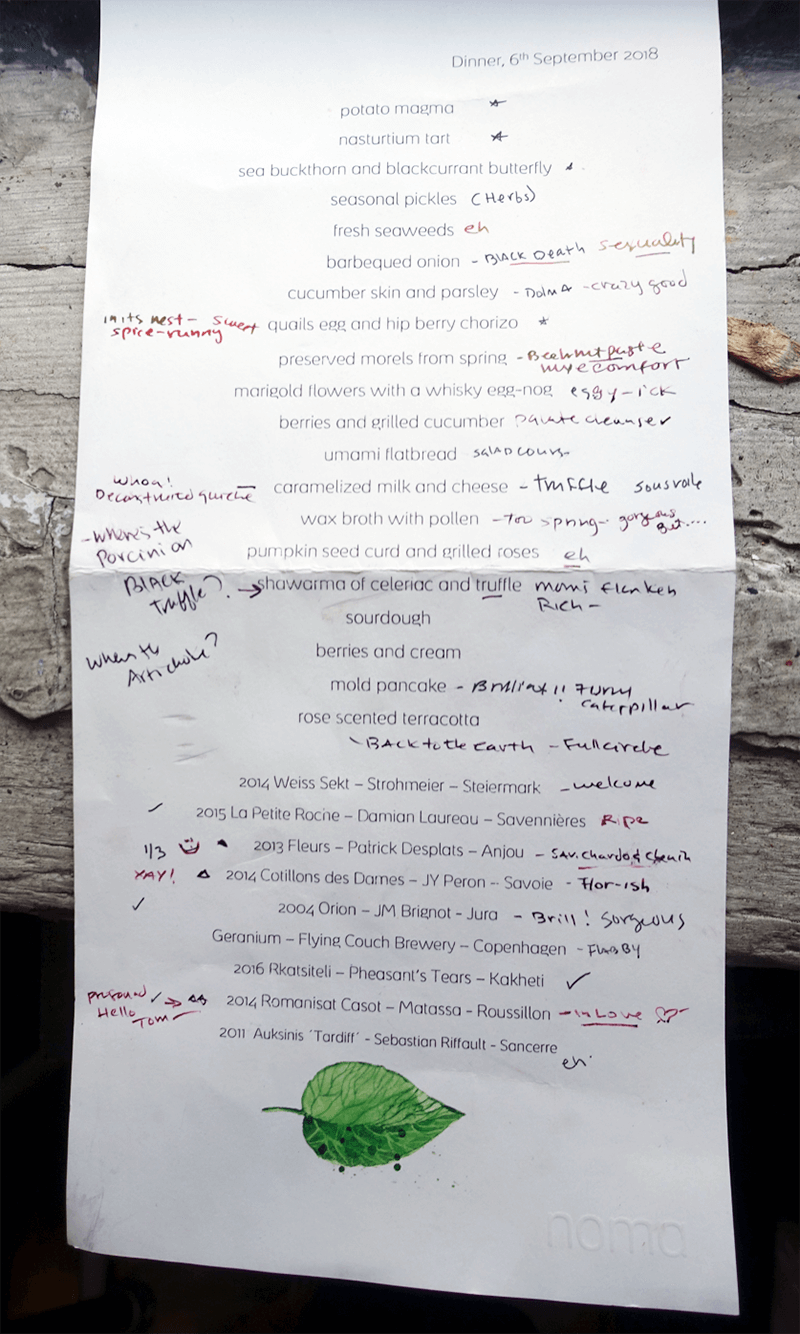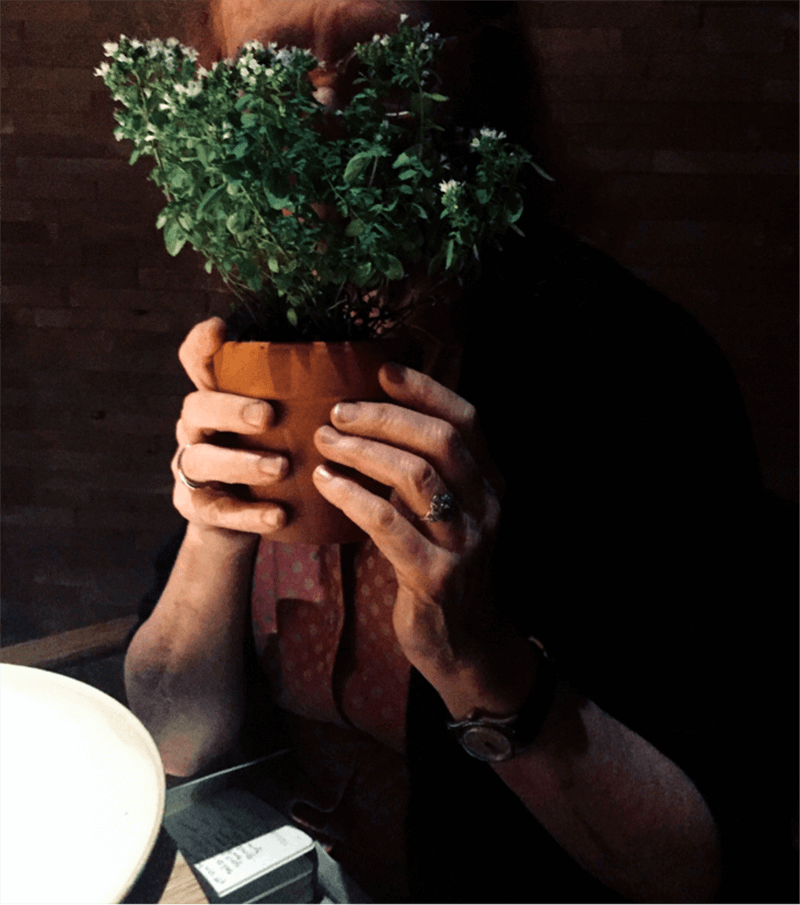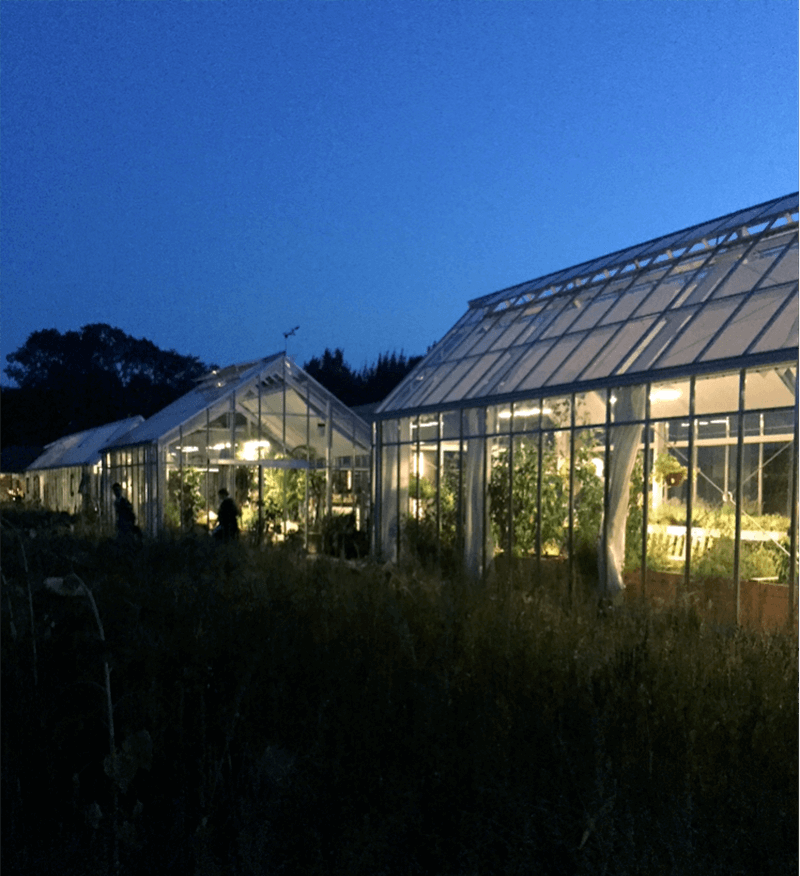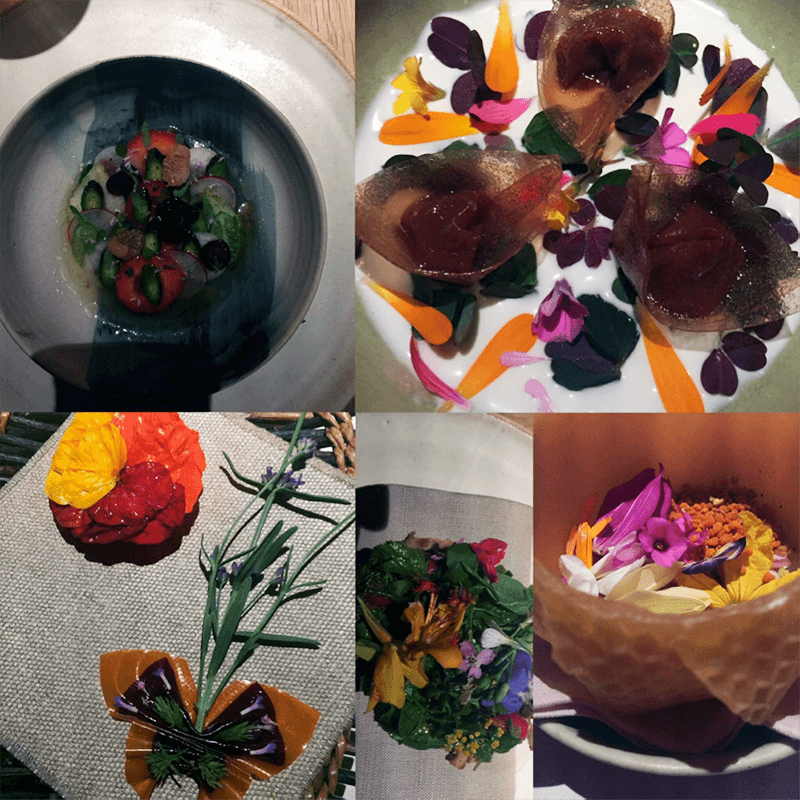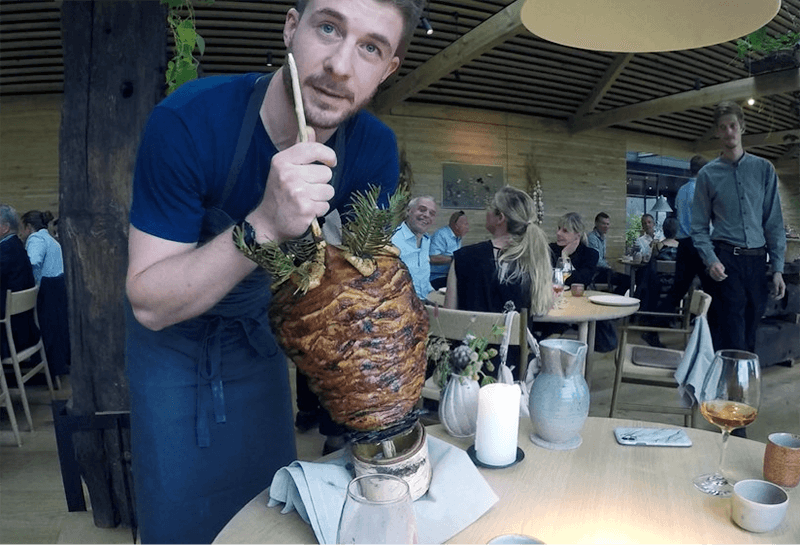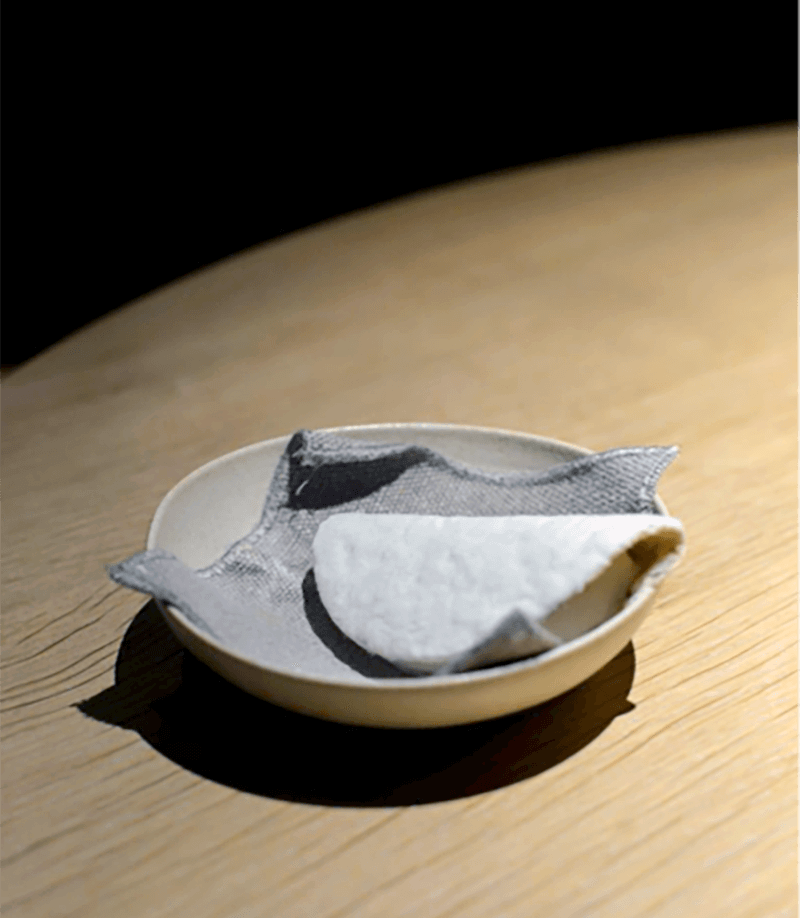The idea for the dinner at the world’s most watched restaurant was hatched this summer when I felt trapped in my living room. I was finishing up my next book and extremely isolated, claustrophobic and anxious. Over Messenger, I confessed it all to my friend John Wurdeman while he was showing students from the Slow Food Academy the charms of his adopted country, Georgia. “I need an adventure,” I typed out.
He wrote back, “Let’s meet in Copenhagen. Go to Noma. It’s the vegetable menu.”
I was thinking more along the lines of Ayahuasca, not exactly a meal.
Anyway, could I really drop nearly $400 (DKK 2,250) on a dinner, and that was before the wine? I was a writer in a tenement not an investment banker in a penthouse. Yet, having been a vegetarian for most of my life I had drooled over the Instagram photos, especially those of the celery root shawarma. Brilliant. The stuffed morels had me scattering heart emojis. That weird ass mold pancake with plum kernel ice cream? Had to have it.
I started to rationalize. The restaurant, four times awarded the top spot by the World’s 50 Best Restaurants, was uniquely committed to natural wine. It was a professional obligation to go. And, for once, I wouldn’t have to worry about being in a fancy pants restaurant where there was nothing I wanted to drink or wonder what weird animal parts would show up unbidden. In truth, experiencing René Redzepi’s vision was a box on my list that needed ticking. Fortified with an arsenal of perfectly valid reasons, I wrote back, “Yes!!!” Then I promptly had a panic attack.
By the appointed night in early September I was resolved. The sun was still high in the Nordic sky and we—John, who is something of a pack animal, had invited two eager women from the Slow Food Academy—arrived at the retrofitted munitions factory in Copenhagen’s dodgy, druggy Christiania neighborhood. We neared the large wooden door, as imposing as a Viking church entrance. There a raft of staff welcomed us with a communal, “Hi guys.” Like the booming “Yes Chef” that echoed from the open kitchen, this theater was a bit much. The airy dining room was Danish modern without being retro. We took our corner table, near the framed pinned butterflies. I imagined the lepidopterist Vladimir Nabokov was watching me throughout the meal.
A reservation at Noma earns bragging rights, but it’s not for everyone. There might be fermented squirrel in the soup or crickets in the mole sauce. Some diners might be wearing jeans. And then there are those pesky natural wines. Some reactions on the internet are less than enthusiastic. While the Noma program’s ethos was aligned with mine, I could almost sympathize with the complaints because I too like to drink what I like to drink. That’s why I usually shy away from a sommelier’s pairing. But John told me that was our plan, and that was it. So in exchange for an additional $200 (DKK 1,350) per person, Mads Kleppe, our friend and head sommelier, was going to be in charge of our drinking for the night.
